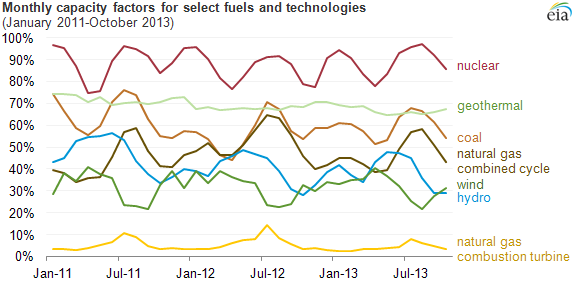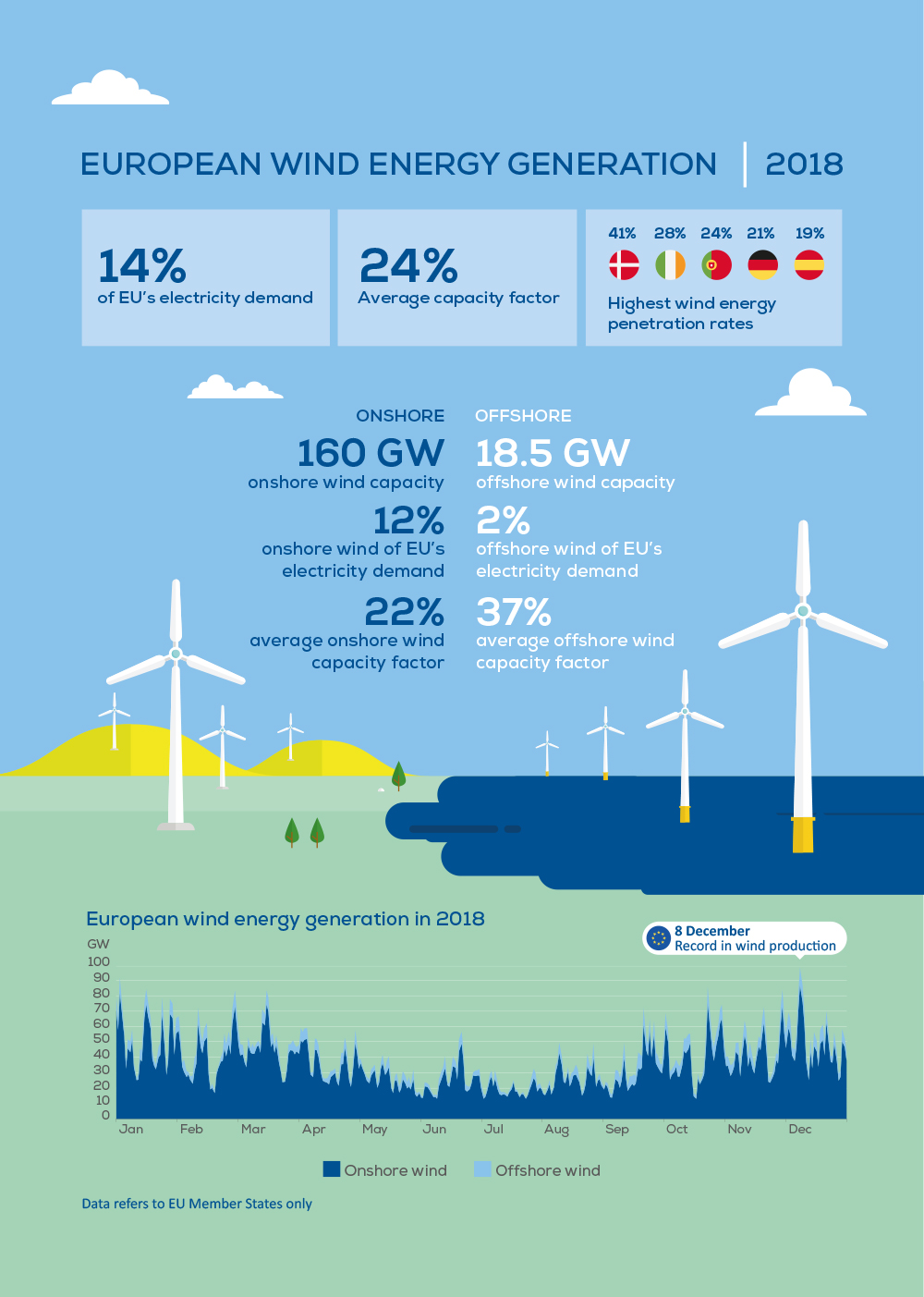MC_ » 19 Jan 2020 10:26 pm[/url]":3jlls927]
Jedan moj rodjak radio je program z aupravljanje resursima EPS-a.
AKze da su vetroparkovi iz pomenutog razloga
http://www.aweo.org/problemwithwind.html
, "We're a big supporter of wind, but at the time when customers have the greatest needs, it's typically not available." Throughout Europe, wind turbines produced on average less than 20% of their theoretical (or rated) capacity. Yet both the British and the American Wind Energy Associations (BWEA and AWEA) plan for 30%. The figure in Denmark was 16.8% in 2002 and 19% in 2003 (in February 2003, the output of the more than 6,000 turbines in Denmark was 0!). On-shore turbines in the U.K. produced at 24.1% of their capacity in 2003. The average in Germany for 1998-2003 was 14.7%. In the U.S., usable output (representing wind power's contribution to consumption, according to the Energy Information Agency) in 2002 was 12.7% of capacity (using the average between the AWEA's figures for installed capacity at the end of 2001 and 2002). In California, the average is 20%. The Searsburg plant in Vermont averages 21%, declining every year. This percentage is called the load factor or capacity factor. The rated generating capacity only occurs during 100% ideal conditions, typically a sustained wind speed over 30 mph. As the wind slows, electricity output falls off exponentially. [Click here for more about the technicalities of wind as a power source, as well as energy consumption data. Click here for conversions between and explanations of energy units.]
In high winds, ironically, the turbines must be stopped because they are easily damaged. Build-up of dead bugs has been shown to halve the maximum power generated by a wind turbine, reducing the average power generated by 25% and more.



